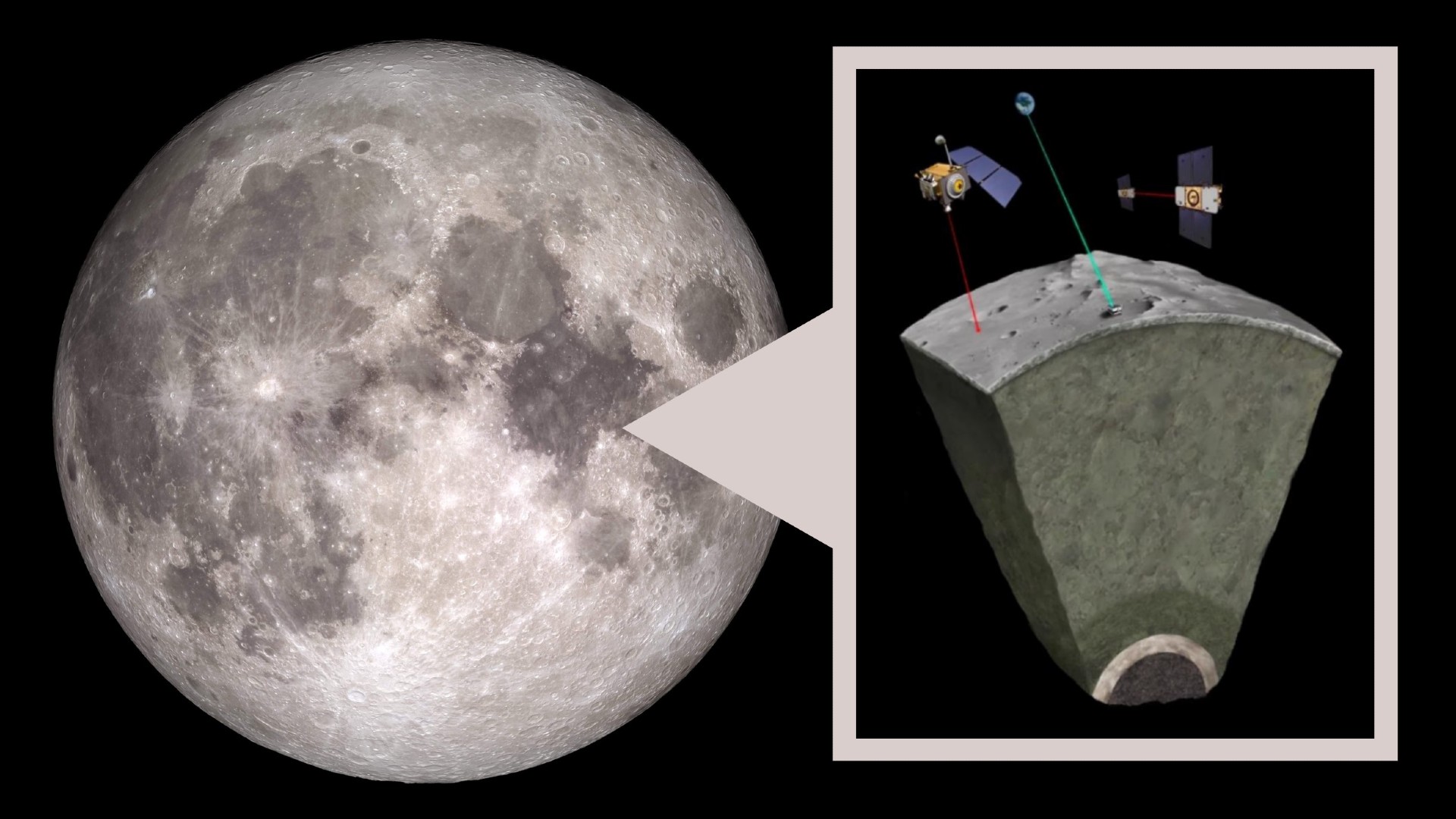
Around 20 years ago, scientists were able to use the rotation of the moon to determine it had a fluid outer core, but the relatively small size of the inner core made it harder to investigate.
Now, new research has revealed the heart of the moon as never seen before, demonstrating that it has a solid core that is composed of iron like Earth. The findings uncover details of the internal structure of the moon that were previously hidden and could explain why iron-rich materials are present in the lunar crust.
The investigation of the moon's deep interior was conducted by scientists from the CNRS, Université Côte d'Azur, the Côte d'Azur Observatory, Sorbonne Université, and the Paris Observatory-PSL and follows in the footsteps of the Apollo 11 mission, which half a century ago paved the way for geological surveys of the moon.
The formation and evolution of Earth's natural satellite is still something of a puzzle to scientists, and debates still surround the nature of its deeper layers — debates that this study could settle.
Related: Moon facts: Fun information about the Earth's moon
Using data from several space missions and from a process called laser ranging which precisely measures the distance between Earth's surface and that of the moon, the team behind this research found that the moon's outer core exists over a solid inner core. This inner core appears to be composed of metal with a density resembling that of iron and is around 310 miles (500 kilometers) wide, making it around 15% the size of the moon.
In addition to this discovery, the researchers also found evidence that supports the idea that material in a layer between the moon's core and its crust called the mantle moved around as the moon has evolved since its formation.
The process, which is called lunar mantle overturn, could explain why iron-rich elements are found at the surface of the moon, as the mantle material would be carried upwards as volcanic rock left in the lunar crust. The materials in this rock that were too dense would then sink back through the lighter crust material to the core-mantle boundary.
The findings may eventually help solve another mystery surrounding the evolution of the moon, namely what caused the moon's magnetic field, once 100 times stronger than that of Earth's today, to almost completely dissipate.
"Our results question the evolution of the moon's magnetic field thanks to its demonstration of the existence of the inner core and support a global mantle overturn scenario that brings substantial insights on the timeline of the lunar bombardment in the first billion years of the solar system," the team writes in a paper published on May 3 in the journal Nature.







